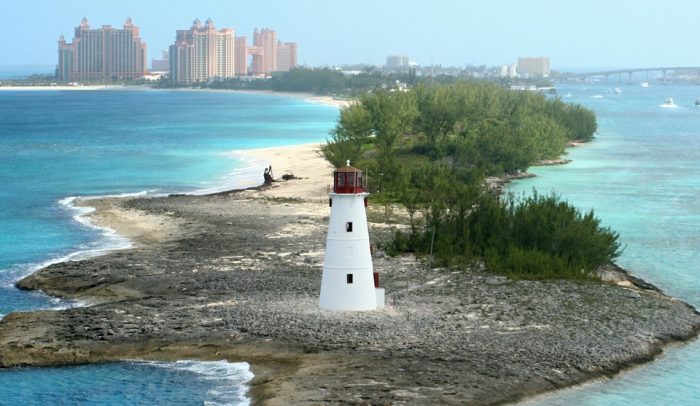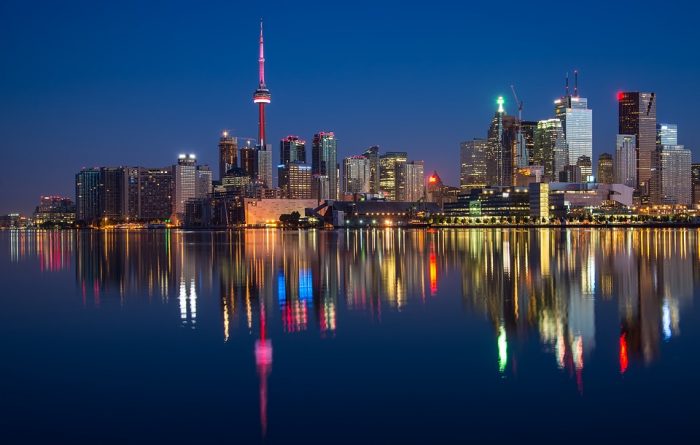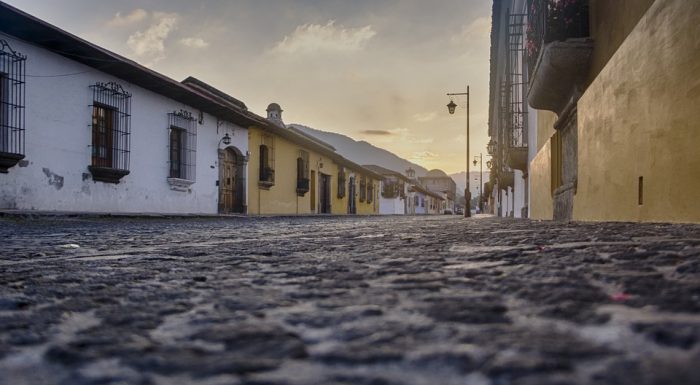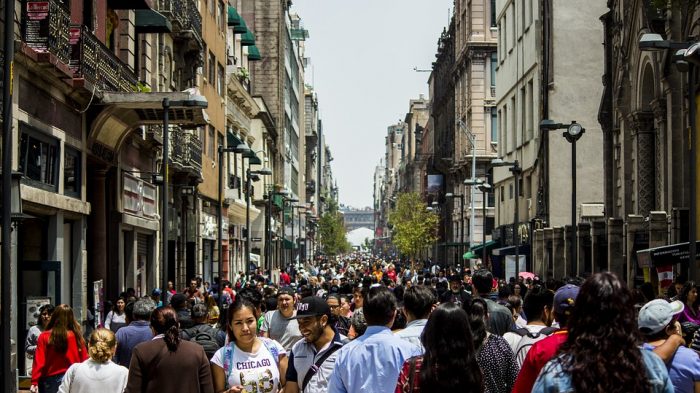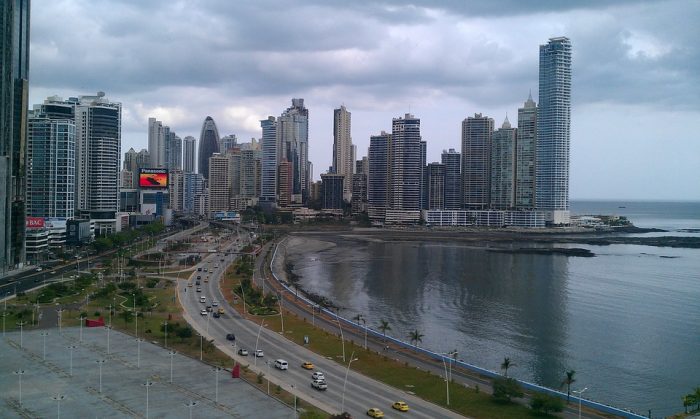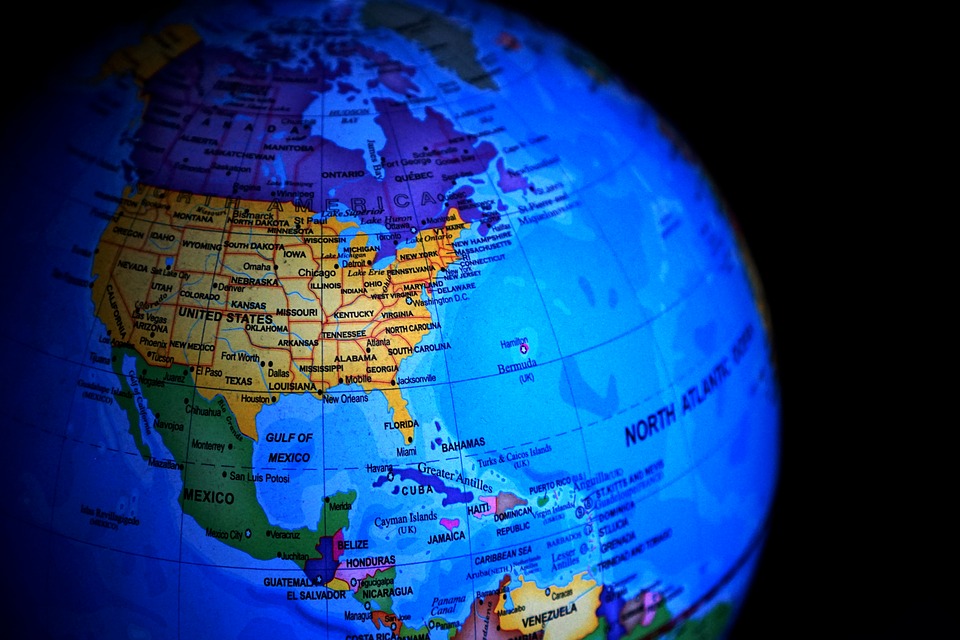
How many countries are there in North America? Most people can name at least three countries: the United States, Canada, and Mexico. However, there are actually up to 23 officially recognized states or countries in North America, or 23 sovereign states as recognized by the United Nations. What follows is a list of every country in North America:
- Antigua and Barbuda
- Bahamas
- Barbados
- Belize
- Canada
- Costa Rica
- Cuba
- Dominica
- Dominican Republic
- El Salvador
- Grenada
- Guatemala
- Haiti
- Honduras
- Jamaica
- Mexico
- Nicaragua
- Panama
- Saint Kitts and Nevis
- Saint Lucia
- Saint Vincent and the Grenadines
- Trinidad and Tobago
- United States of America (USA)
That’s the full list of the 23 independent states that are found in North America. Yet each one of these countries has its own unique population and history, meriting a closer look at these countries. We’ll go over 22 different countries in this list, leaving the United States out due to its fame, focusing on the lesser known countries.
Antigua and Barbuda
Antigua and Barbuda is a sovereign state found in the West Indies, a region located in the Caribbean Sea near the Atlantic Ocean. The two major islands of the nation are the titular Antigua and Barbuda, but there are a number of smaller islands that are found within the country as well. The country was at one time under the rule of the United Kingdom, but it gained independence in November 1981. Antigua and Barbuda have a population of around 101,000 people, according to a 2016 census. Tourism is the country’s main source of income, though manufacturing and agricultural production are also large sources of income for the country, with the country exporting a fair amount of cars, ships and boats.
The Bahamas
The Commonwealth of the Bahamas is found within the Lucayan Archipelago, a long chain of islands found off of the southeastern coast of Florida in the United States. It is also located north of Hispaniola and Cuba. The Bahamas has a population of approximately 392,000 people, and it has a strong economy based off of finance and tourism. The Bahamas became a colony of the British Empire in the early 1700s as the British tried to crack down on piracy. The capital of Nassau was once a large pirate den. The country enjoys a pleasing tropical savanna climate.
Barbados
Barbados is a small island country, just 34 km or 21 miles in length with a total area of approximately 432 km² or 167 mi.². It is located in the West Indies, to the south of the Bahamas. The country has a population of about 270,000 individuals. The country gained independence from the United Kingdom in November 1966, and tourism, manufacturing, and the cultivation of sugarcane are major drivers of the Barbados economy.
Belize
Belize wasn’t always called Belize, at one time known as British Honduras, a title given to it in order to distinguish it from the country of Spanish Honduras. However, since 1981, Belize was granted independence from Great Britain. Belize has a population of approximately 380,000 people, and it is located on the eastern coast of Central America sharing a border with Guatemala and Mexico.
Canada
Canada is the largest country in North America, and the second largest country overall, being smaller only than Russia. Despite its large land area, Canada‘s population is relatively small, numbering only about 37, 240,000 people. Canada is the 10th largest economy in the world, and it ranks high in the human development index (12th place). The largest metropolitan areas in Canada are Vancouver, Montréal, and Toronto. Canada was once a part of the British and French kingdoms, though the country has been independent from the United Kingdom since 1982, achieving various degrees of autonomy before that.
Costa Rica
The Republic of Costa Rica is found in Central America, sharing a border with Panama and Nicaragua. San Jose is the most populous city in the country, as well as the capital city. The country has a population of around 4,850,000 people overall. Costa Rica’s economy is based heavily on the production of cash crops like pineapples and bananas, as well as tourism. Costa Rica is also home to an astonishing amount of biodiversity, containing approximately 5% of the world biodiversity within its various forests.
Cuba
Cuba is the largest out of all the islands found in the Caribbean, and it has a population of approximately 11,240,000 individuals. The capital city of Cuba is Havana. The official language of the country is Spanish, though many other languages are spoken there as the country has a diverse populace with many different ethno-racial groups found there.
Dominica
The Commonwealth of Dominica is located in the West Indies, and it is a fairly young country, having gained independence from Great Britain in 1978. Dominica has been given the nickname the natural Isle of the Caribbean, thanks to its mainly natural and unaltered landscape. The country has a population of about 74,000 people.
Dominican Republic
The island of Hispaniola is made up of two countries – the Dominican Republic and Haiti. The Dominican Republic occupies about 5/8ths of the island and is found on the eastern part of the island. The country’s official language is Spanish and it has a population of approximately 10,800,000 people. The largest city on the island is Santo Domingo, which is also the capital city. The Dominican Republic has the distinction of being the second largest nation in the Caribbean after Cuba, with an area of approximately 40,671 km² or 18,792 mi.².
El Salvador
El Salvador’s official language is Spanish, and the country has a population of roughly 6,345,000 people, with the largest city being San Salvador. San Salvador is also the capital city of the country. El Salvador happens to be the most densely populated country in all of Central America. It is also an extremely small country with a land area of only 21,000 km² or 8100 mi.²
Grenada
Grenada is found within the Caribbean Sea, just north of the South American continent at the southern and of the island chain known as the Grenadines. Grenada’s population is around 108,000 people, and the nation’s official language is English although Creole English and Creole French are widely spoken throughout the nation. The capital city of Grenada is St. George.
Guatemala
Guatemala is the fourth largest country in North America in terms of population, with a population of approximately 16,600,000 individuals. The official language of Guatemala is recognized as Spanish. Guatemala’s major exports include raw sugar cane, bananas, and coffee. Tourism is also a significant driver of the Guatemalan economy. Guatemala is a biodiversity hotspot with 14 different eco-regions that cover five distinct ecosystems which are home to over 1200 known species of fauna.
Haiti
Haiti is found on the Western half (or wester 3/8ths) of the island of Hispaniola. Population wise about 10,850,000 people live in Haiti according to recent census figures. The two official languages of Haiti are French and Haitian Creole. The capital city of Haiti is Port-au-Prince. Haiti declared its independence from France in 1804.
Honduras
Honduras is sometimes referred to as Spanish Honduras, which differentiates it from British Honduras (although as noted above the proper term for British Honduras is now Belize). Honduras’ official language is Spanish, and the largest and capital city of Honduras is Tegucigalp. The country is home to about 9, 113,000 people. Honduras is rich in natural resources, and its economy is based on the production of textiles, and the cultivation of crops like sugarcane, tropical fruit, and coffee.
Jamaica
Jamaica is an island within the Caribbean sea, and Jamaica’s capital city is Kingston. Kingston is also the most populous city in the country. The country of Jamaica overall has a population of about 2, 882,000 people. The official language of Jamaica is English, but the most widely used language in the country is Jamaican Patois.
Mexico
Mexico is the second most populous country within North America, coming in after the United States in terms of population. The country of Mexico is home to about 123, 676,000 people. Mexico City the largest city within the country, as well its capital city. Mexico gained its independence from Spain in 1836, though it initially declared independence from Spain in 1810. Mexico is the 15th largest economy in the world in terms of GDP, and it’s primary exports include things like cars, TVs, and petroleum.
Nicaragua
The nation of Nicaragua is home to about 6,160,000 people. Nicaragua has a diverse population that speaks many different languages, so while English and Spanish are the officially recognized languages in the country, many other languages such as Sumo, Rama, and Miskito are widely spoken. The capital city of Nicaragua is Managua. Nicaragua is home to many active (and non-active) volcanoes, and many of these volcanoes have left behind lakes giving the nation the moniker “the land of lakes and volcanoes”.
Panama
The Republic of Panama is a country within Central America that is home to about 4 million people. Panama City is the country’s capital and most populous city. The Panama Canal functions as an important waterway connecting the Pacific Ocean to the Atlantic Ocean, facilitating trade between countries all around the world. Panama is also home to over 500 different rivers.
St. Kitts and Nevis
St. Kitts and Nevis is the smallest recognized independent country in North America, and it has a population of approximately 54,800 people. It is also the smallest country in terms of landmass, with an area of only 261 km² or 101 mi.². The country gained independence from the United Kingdom in 1983, and its economy is based on agriculture, the manufacturing of certain small consumer goods, and tourism.
Saint Lucia
Saint Lucia is part of the Lesser Antilles, located in the West Indies to the northwest of Barbados. St. Lucia is a volcanic island, and because of it this it is substantially more mountainous than other Caribbean islands. The highest point in the nation is Mount Gimie, which has an elevation of 950 m or 3120 feet. The nation is home to approximately 178,000 people.
St. Vincent and the Grenadines
St. Vincent and the Grenadines is a country located in the Lesser Antilles, at the southern end of the West Indies. St. Lucia is located north of the country, while Barbados is located to the east. The country has a population of about 109,000 people. It gained independence from the United Kingdom in 1979, and the official language of the country is English though is vernacular language is Vincentian Creole.
Trinidad and Tobago
Trinidad and Tobago is a country made out of two islands – the eponymous Trinidad and Tobago. Trinidad is the larger of the two islands, while Tobago is the smaller. Tobago is slightly northeast of Trinidad and the country as a whole can be found just off the coast of the South American country of Venezuela. The area of the country is about 5,131 km2 (or 1,981 sq mi), and the country has a population of about 1,360,000 people. Trinidad and Tobago get much of its wealth from natural gas and oil.




